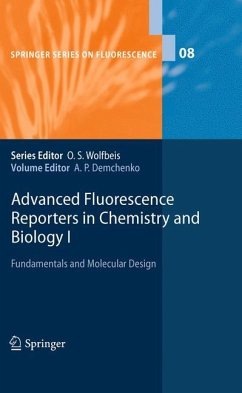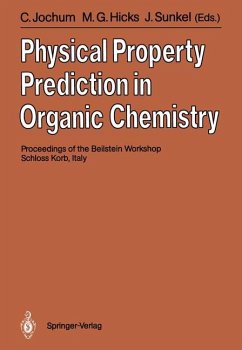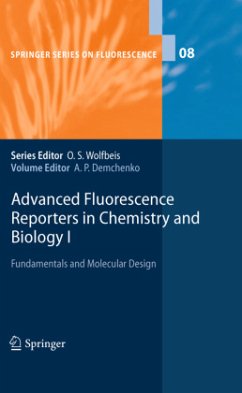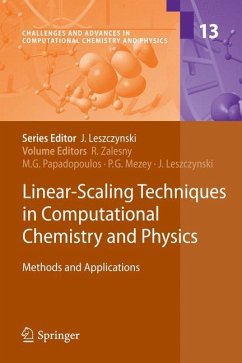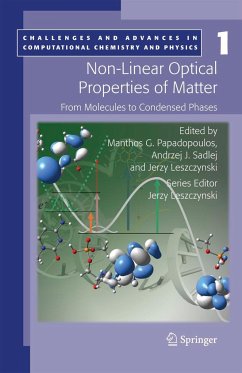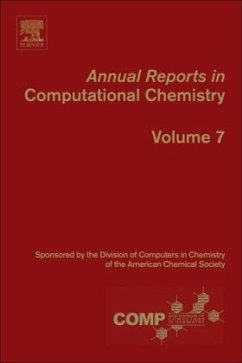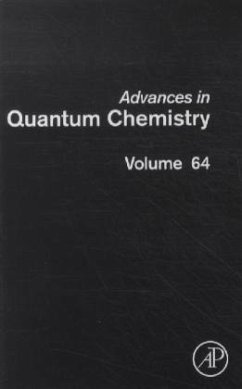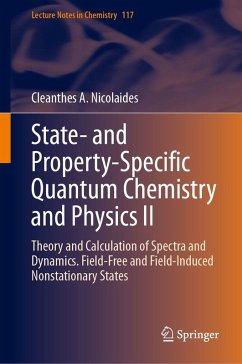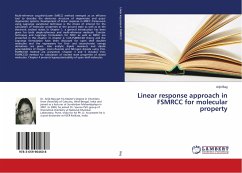
Linear response approach in FSMRCC for molecular property
Versandkostenfrei!
Versandfertig in 6-10 Tagen
43,99 €
inkl. MwSt.

PAYBACK Punkte
22 °P sammeln!
Multi-reference coupled-cluster (MRCC) method emerged as an efficient tool to describe the electronic structure of degenerate and quasi-degenerate systems. Development of linear response in MRCC frame-work using Lagrange variational technique is the choice of interest for the calculation of molecular properties at the ground state as well as at the electronic excited states. In chapter 1, a general introduction has been given for both single-reference and multi-reference methods. Z-vector technique and Lagrange formulation for SRCC as well as MRCC are presented in this chapter. In chapter 2, C...
Multi-reference coupled-cluster (MRCC) method emerged as an efficient tool to describe the electronic structure of degenerate and quasi-degenerate systems. Development of linear response in MRCC frame-work using Lagrange variational technique is the choice of interest for the calculation of molecular properties at the ground state as well as at the electronic excited states. In chapter 1, a general introduction has been given for both single-reference and multi-reference methods. Z-vector technique and Lagrange formulation for SRCC as well as MRCC are presented in this chapter. In chapter 2, CVA-FSMRCCSD theory and the Lagrange formulation have been discussed for open shell doublet molecules and the expressions for first- and second-order energy derivatives are given. Also analytic dipole moments and dipole polarizabilities of Oxygen mono-fluoride and Nitrogen dioxide using CVA-FSMRCCSD method are presented. Chapter 3 and 5 includes CVA-FSMRCCSD method for calculation of excited state properties of closed molecules. Chapter 4 presents hyperpolarizability of open shell molecules.



